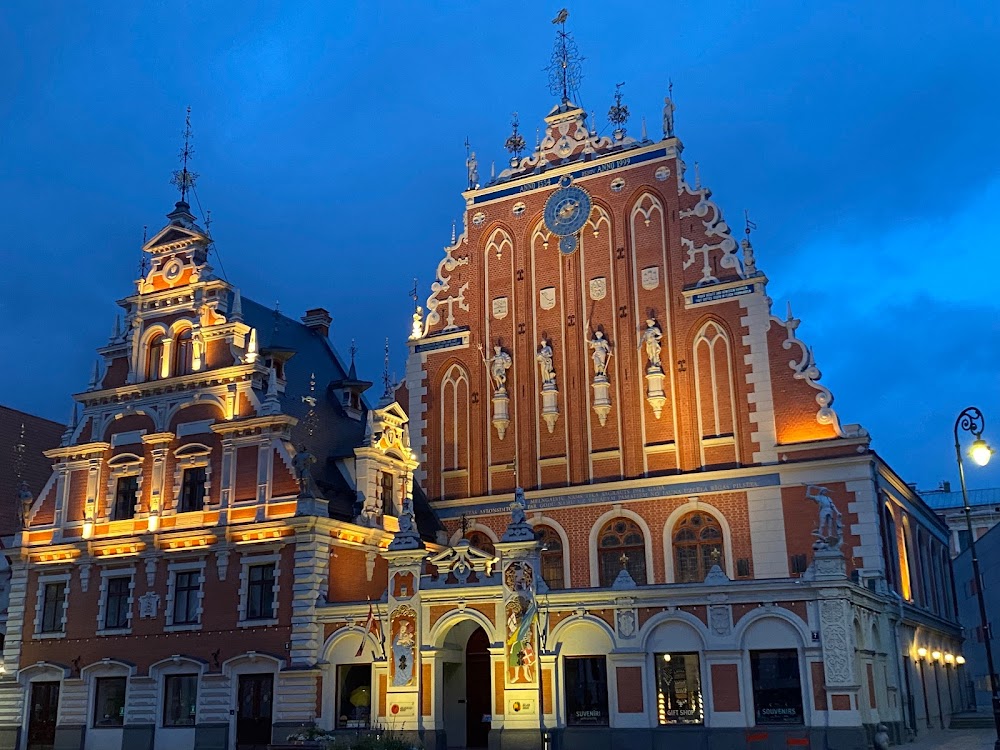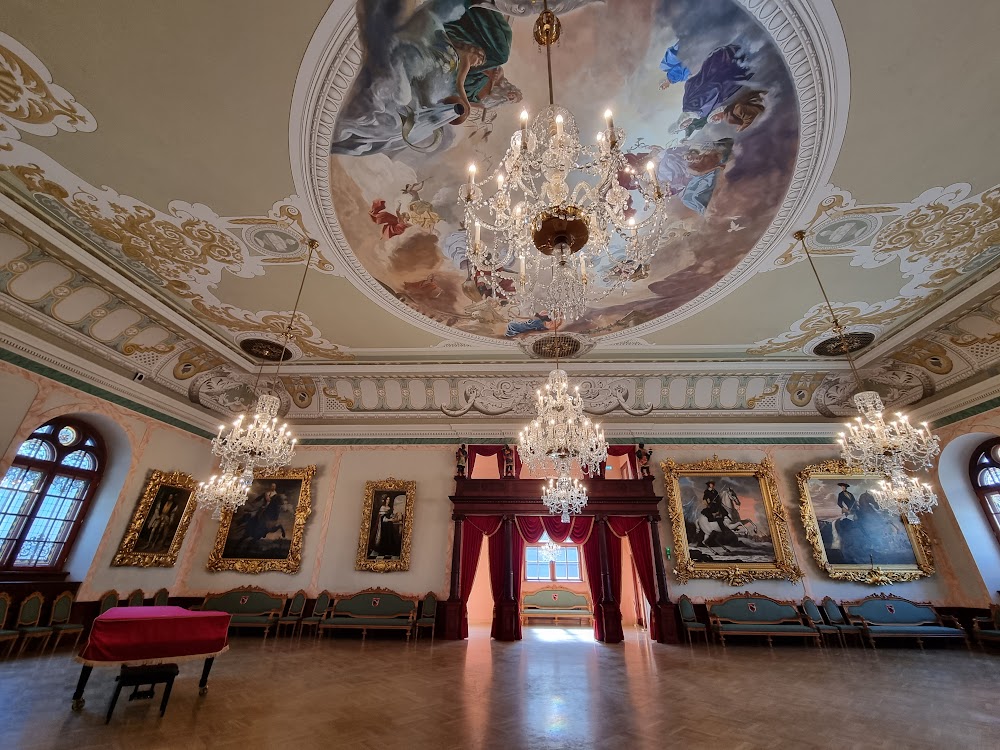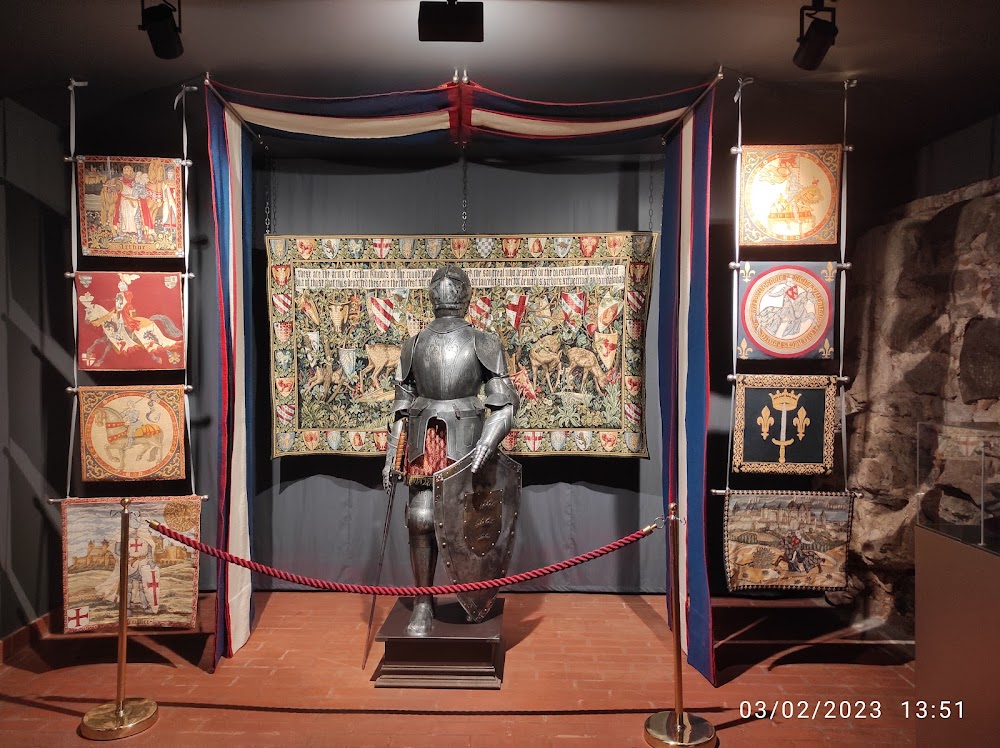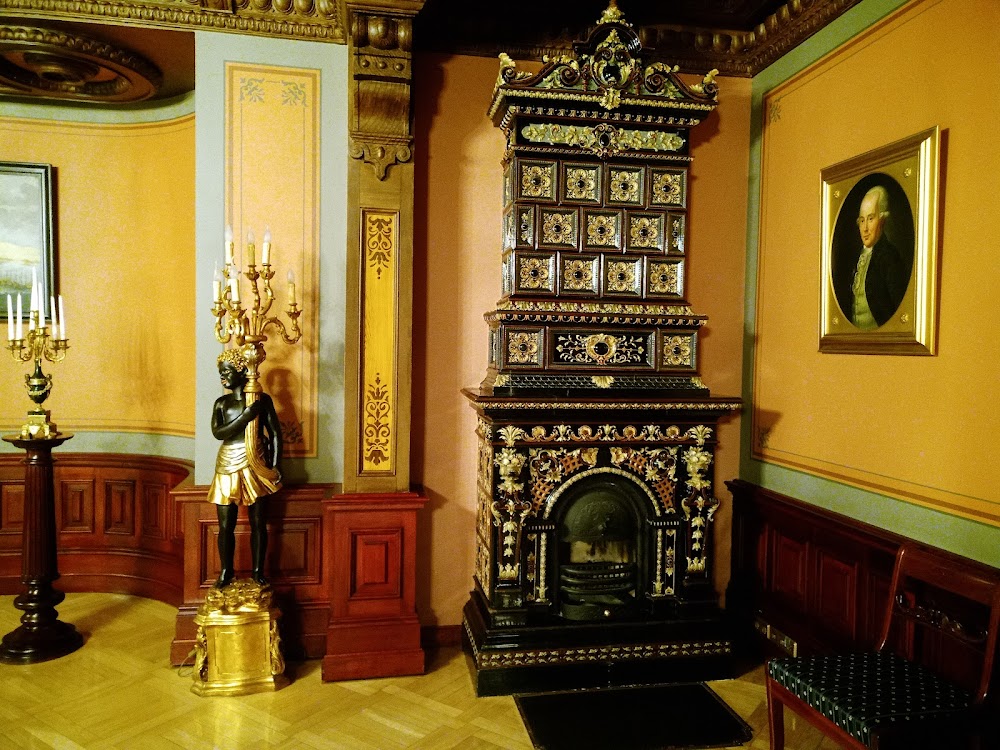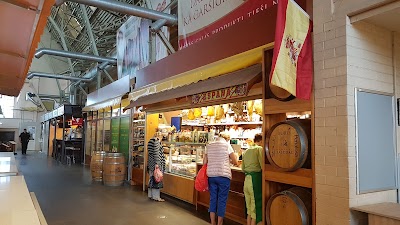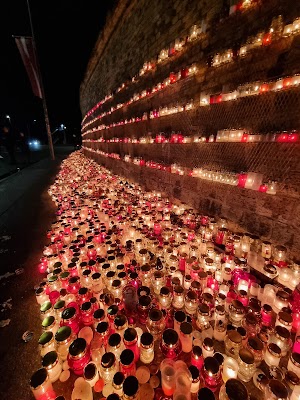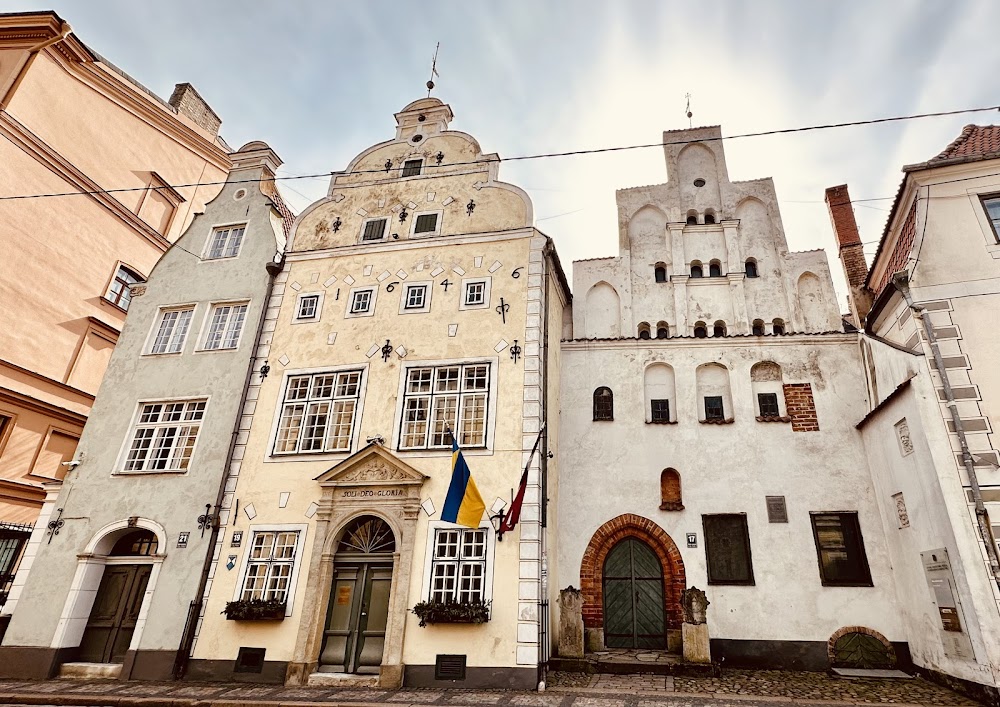House of the Blackheads (Melnās galvas nams)
Overview
The House of the Black Heads in Riga, Latvia, is a breathtaking architectural marvel steeped in history. Constructed in 1334 during the medieval era, this iconic building originally served as a vibrant gathering place for public events and celebrations. It was initially known as the New House of the Great Guild, built for the Brotherhood of Blackheads—a guild dedicated to unmarried German merchants residing in Riga.
Over the centuries, the House of the Black Heads witnessed numerous modifications to reflect the evolving tastes and needs of its members. In the early 16th century, significant renovations transformed its structure, embracing a more intricate Gothic design that added to its allure.
A major redesign took place in the 17th century, infused with Dutch Renaissance influences. This era saw the introduction of ornate sculptures and decorative elements that embellished the facade, enhancing its grandeur. Among the most notable upgrades was the stunning clock on the gable, which quickly became a defining feature of this historical landmark.
Tragically, the ravages of World War II left their mark on Riga, including the House of the Black Heads. The building suffered extensive damage during bombings in 1941 and further deterioration in 1948 amid the Soviet occupation. Yet, despite its battered state, the building's significance endured in the hearts of locals and historians alike.
After Latvia regained its independence in 1991, dedicated restoration efforts began. Builders meticulously utilized old photographs, drawings, and historical records to recreate the House of the Black Heads, lovingly restoring it to its former glory. The reconstruction was completed in 1999, allowing this architectural gem to reclaim its status as a cherished landmark in Riga.
Today, the House of the Black Heads functions as both a museum and an event venue, inviting visitors to explore its rich historical narrative and architectural evolution. It stands as a testament to the remarkable craftsmanship of its creators and the enduring resilience of Riga's cultural heritage.


